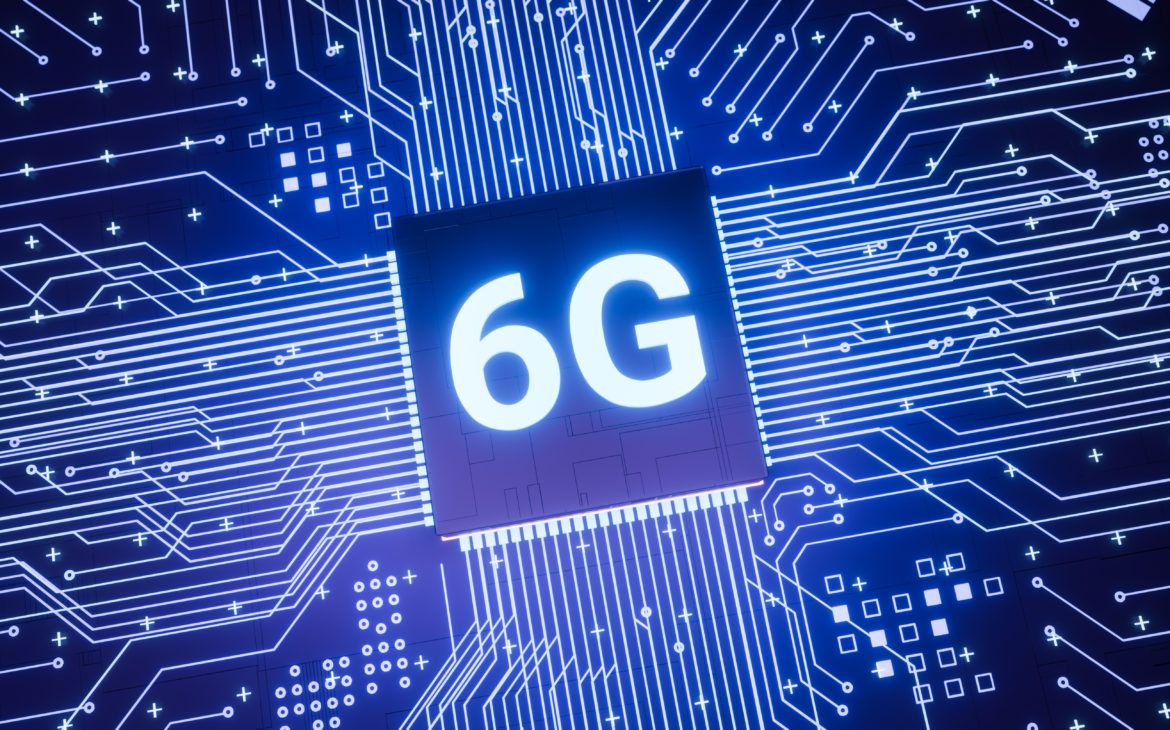The compact 6G chip, developed by researchers from Peking University and City University of Hong Kong and published in Nature, marks a technical leap with data transfer speeds exceeding 100 Gbps. This is roughly ten times higher than the theoretical maximum of current 5G networks. The chip is the size of a thumb, measuring just 11 by 1.7 millimeters and is based on photonic-electronic technology. Its uniqueness lies in its ability to cover a spectrum from 0.5 to 115 gigahertz, a range that previously required nine separate radio systems. A key innovation is the use of a thin-film lithium niobate material with an electro-optical module that converts wireless signals into optical signals. Optoelectronic oscillators then generate frequencies ranging from microwaves to terahertz, with an incredibly fast tuning speed of just 180 microseconds. This combination of miniature design and advanced technology demonstrates how the idea of a universal chip, capable of operating under diverse conditions, is becoming a reality.
This development is not just a laboratory experiment but a preview of the next generation of communication technologies. The chip lays the groundwork for creating a universal, versatile wireless network that can transmit data at extraordinary speeds and with near-zero latency. Future 6G networks will be able to support applications that current infrastructure cannot handle, such as holographic communication, autonomous vehicles, or real-time virtual worlds. Experts emphasize that this technology paves the way for a society where artificial intelligence and photonics work together to shape how information is exchanged, providing users with unprecedented stability and communication flexibility.
It is particularly impressive that researchers achieved stable data transmission even at very high frequencies, traditionally considered challenging for wireless communication due to signal loss. This opens up the possibility for new antenna designs and network architectures that could completely redefine how mobile networks are built. If this pace of progress continues, the first 6G network prototypes could be tested in real-world conditions by the end of the decade.
Although commercial 6G networks are still on the horizon, this chip demonstrates that the transformation of wireless communication is rapidly approaching. Innovations like this bridge the gap between scientific vision and reality, ushering in a digital era where speed and reliability are the new standard.
